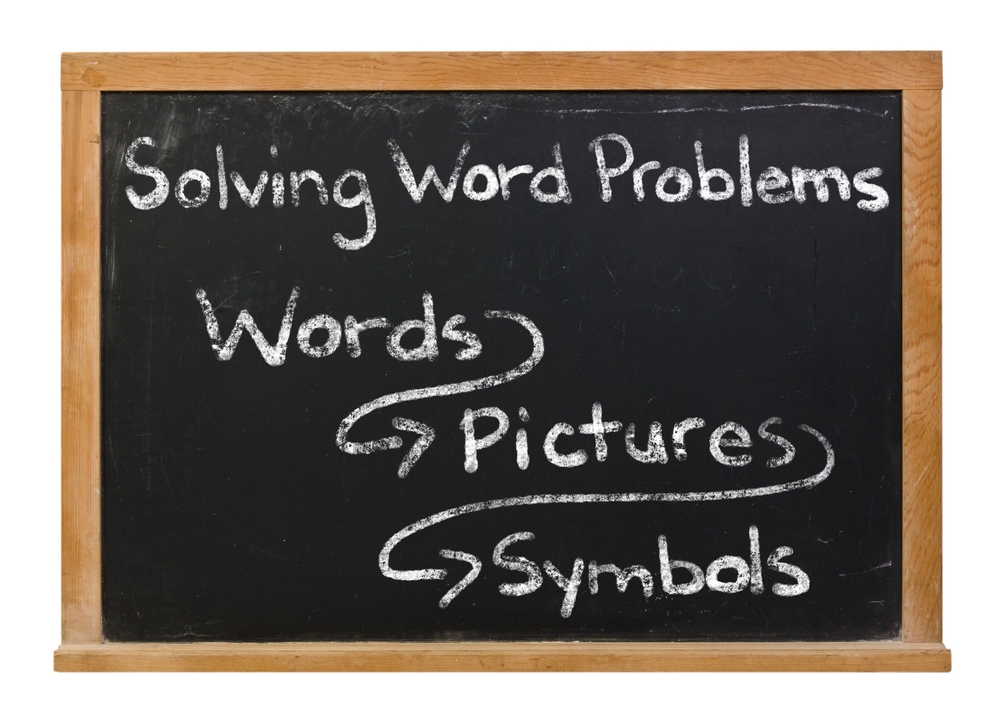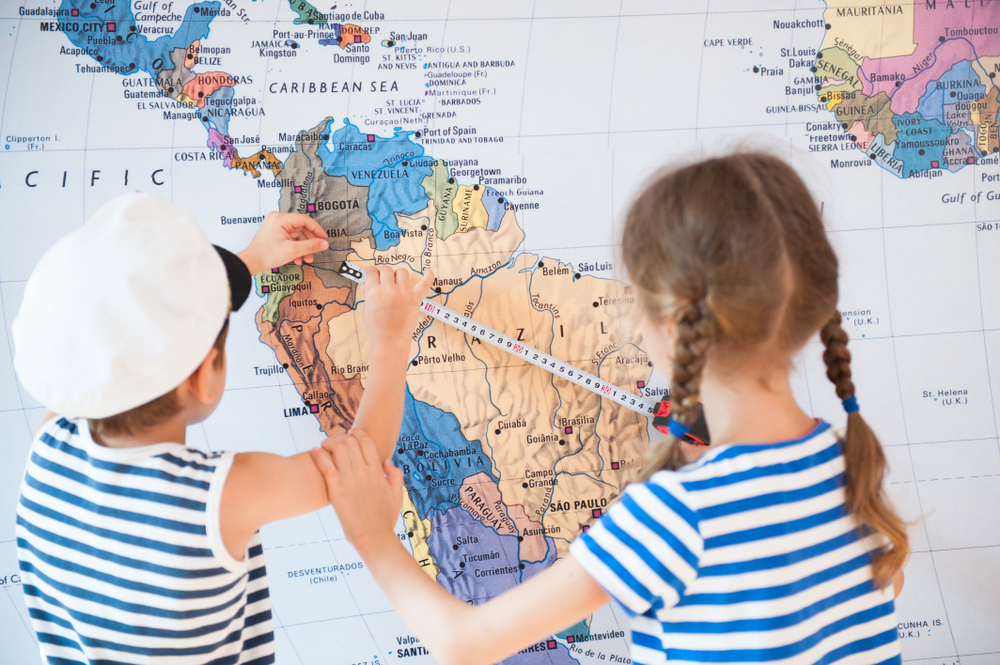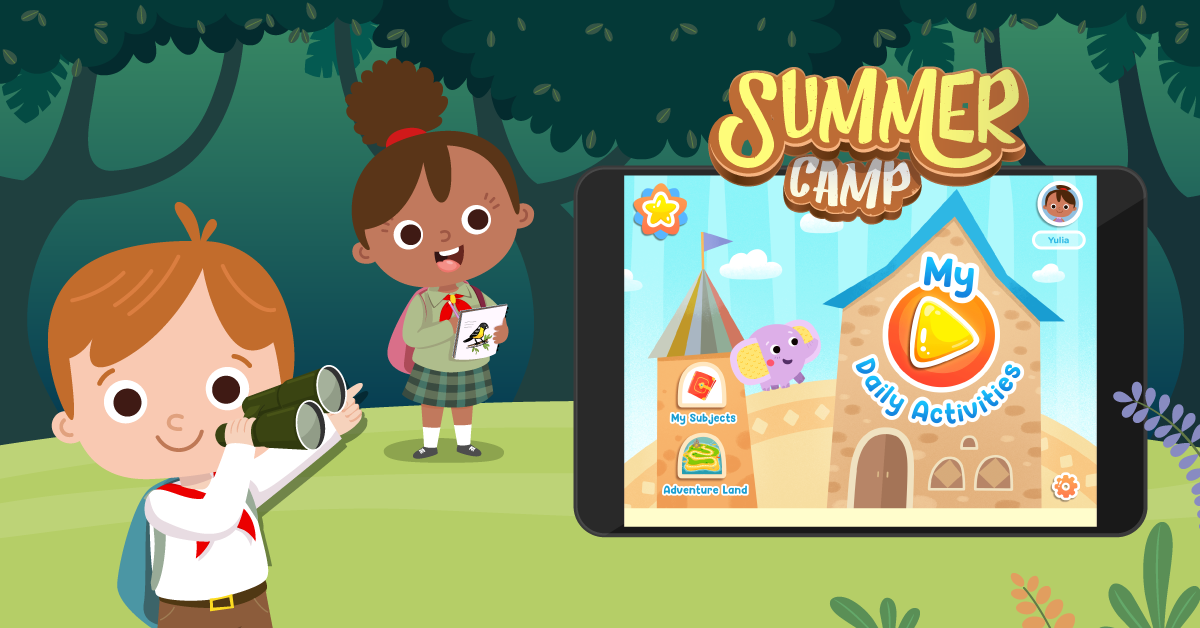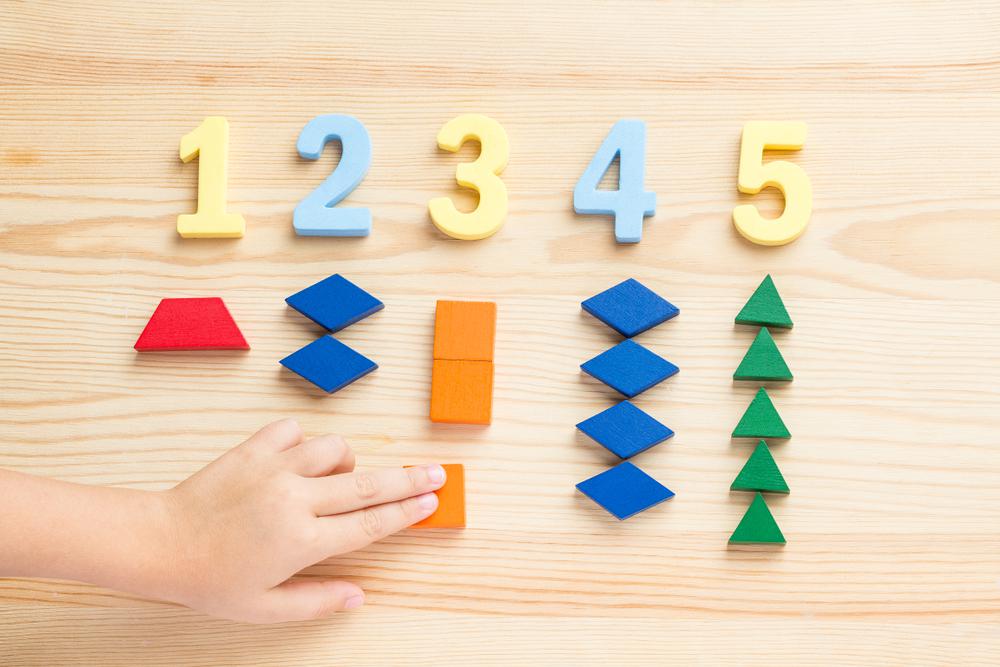Normal Division Worksheets for 3-Year-Olds
6 filtered results
-
From - To
Boost your child's early math skills with our "Normal Division Worksheets for 3-Year-Olds." Specially designed to be engaging and simple, these worksheets introduce division concepts using fun illustrations and relatable contexts. Our approach ensures that young minds grasp foundational arithmetic in a playful environment. Activity-based learning helps your little one develop cognitive skills while keeping them excited about math. Perfect for parents and educators looking for a reliable resource to enhance their child's math journey, these printable worksheets provide the perfect mix of education and fun, setting the stage for future academic success. Download today and watch your child's confidence soar!
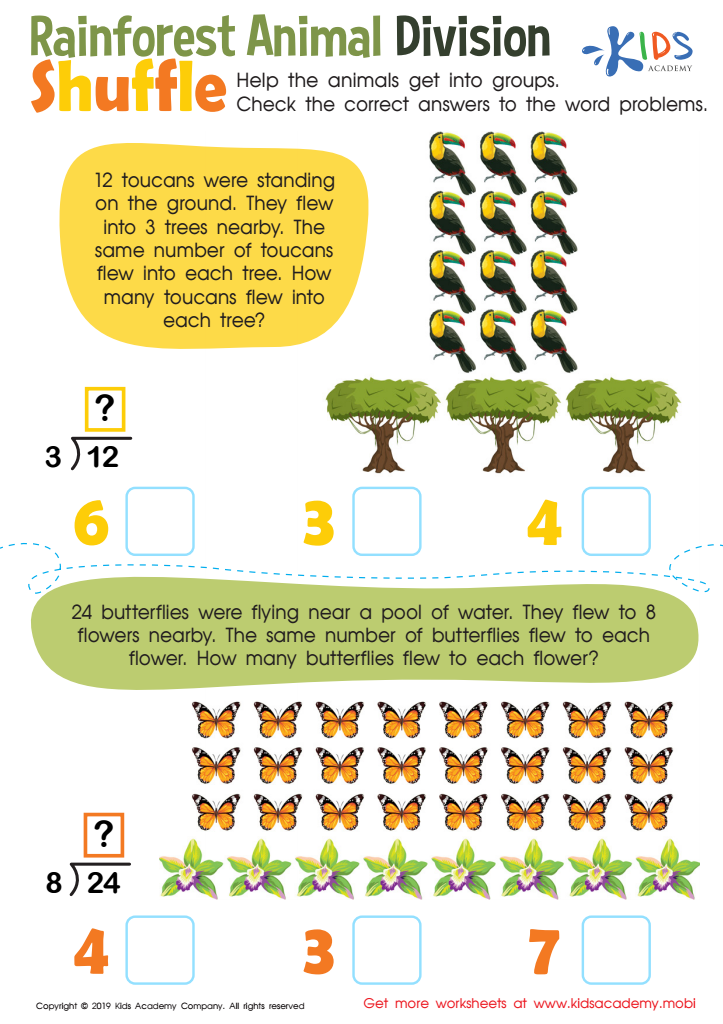

Rainforest Animal Division Worksheet
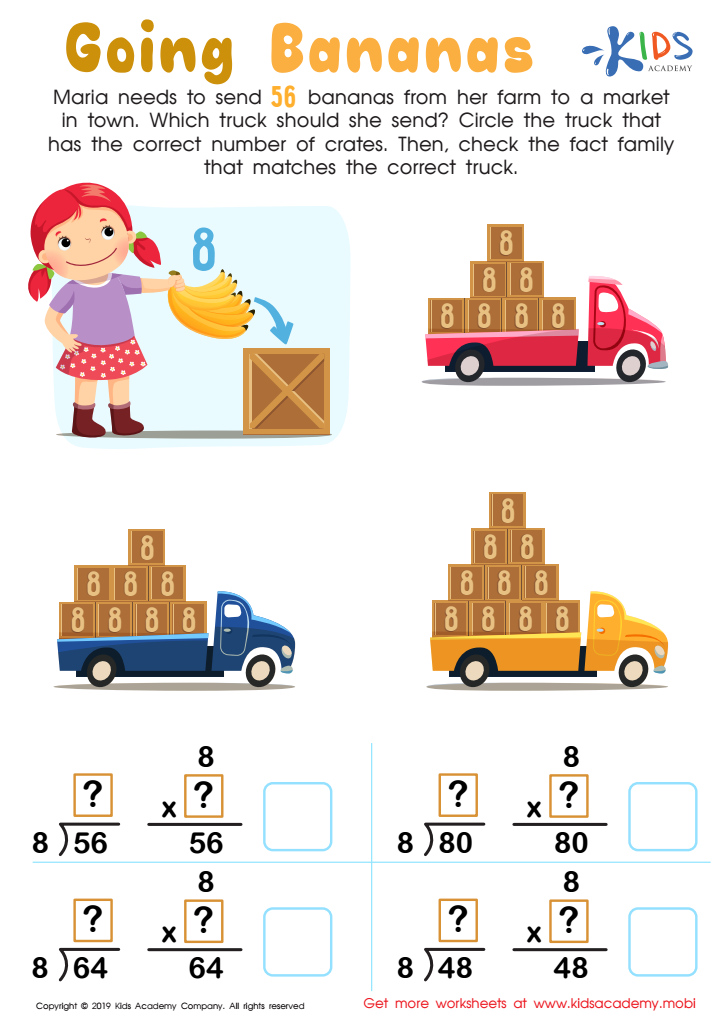

Going Bananas Worksheet
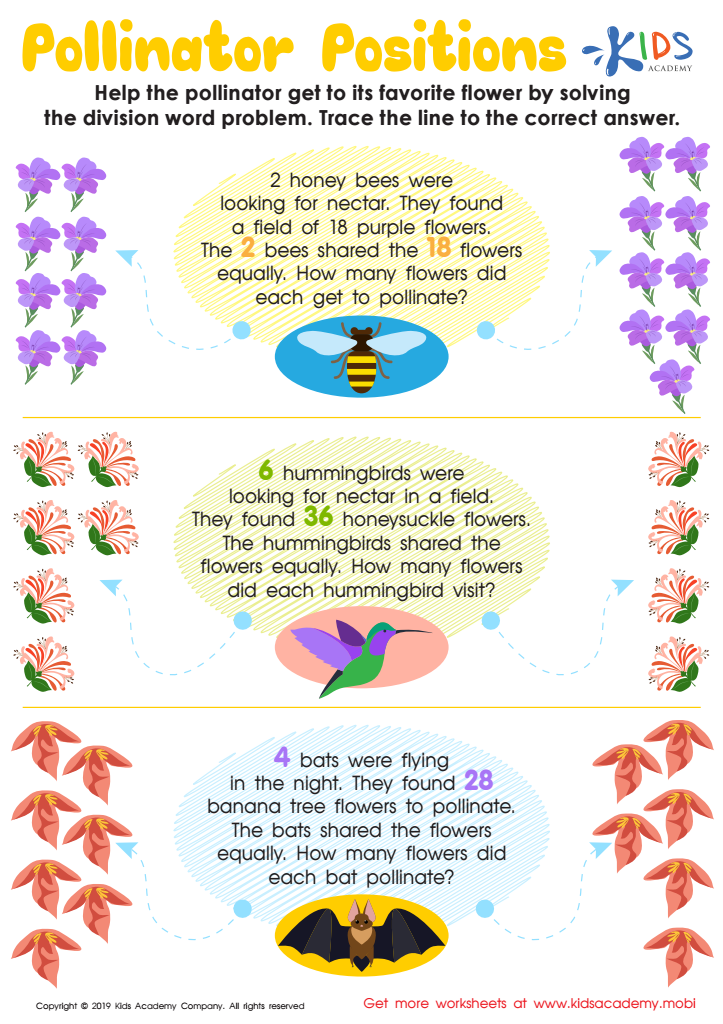

Pollinator Positions Worksheet
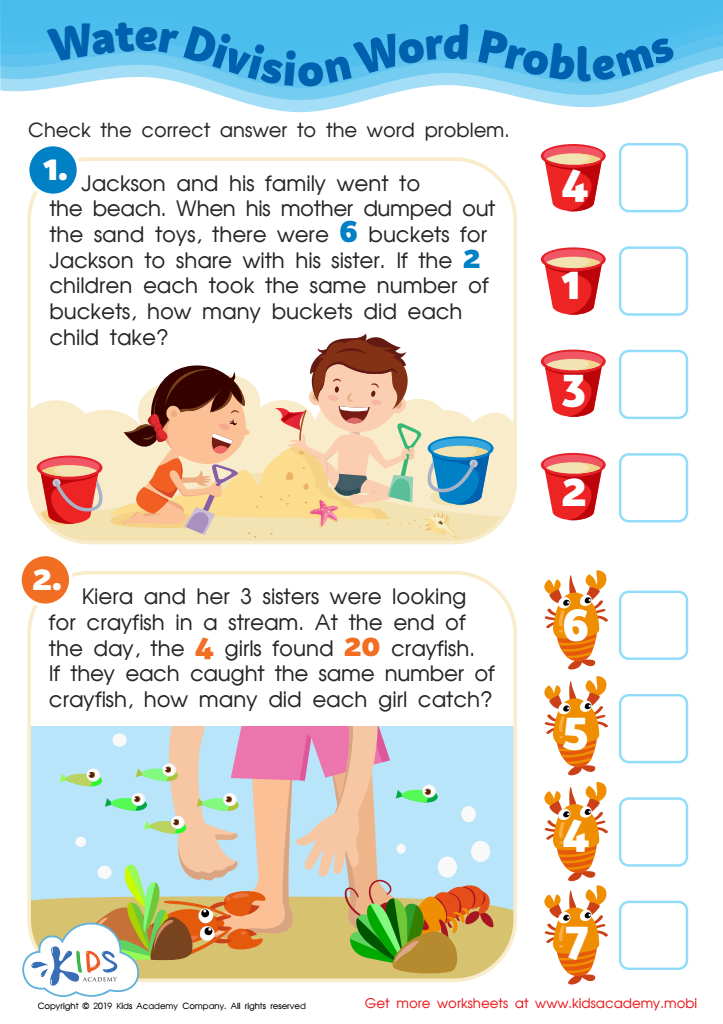

Water Division Word Problems Worksheet
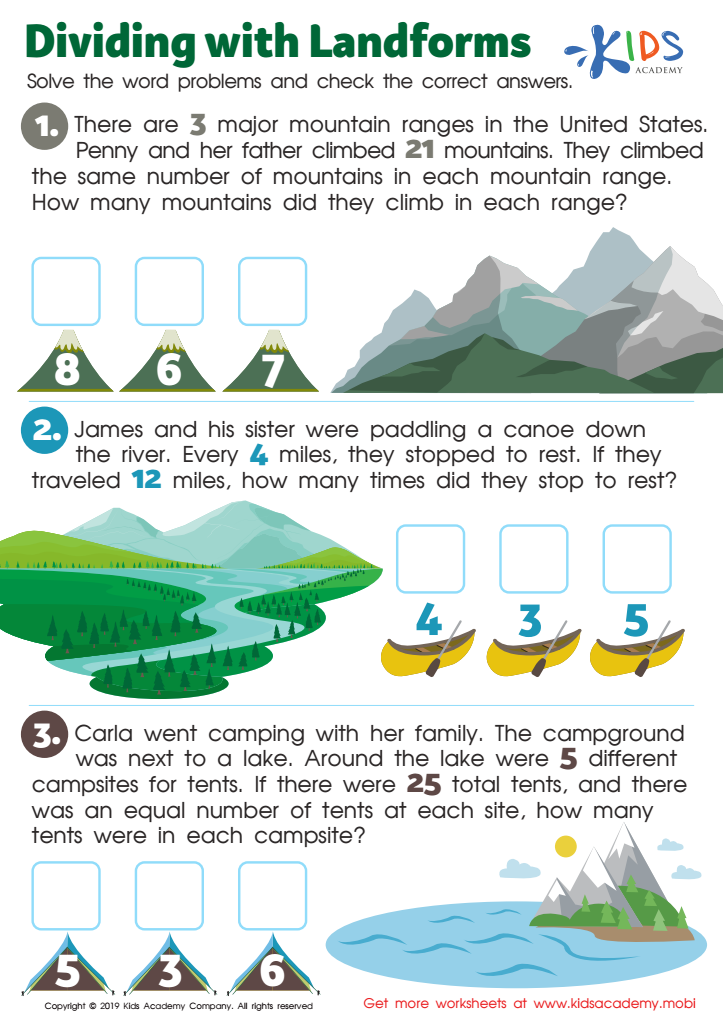

Dividing with Landforms
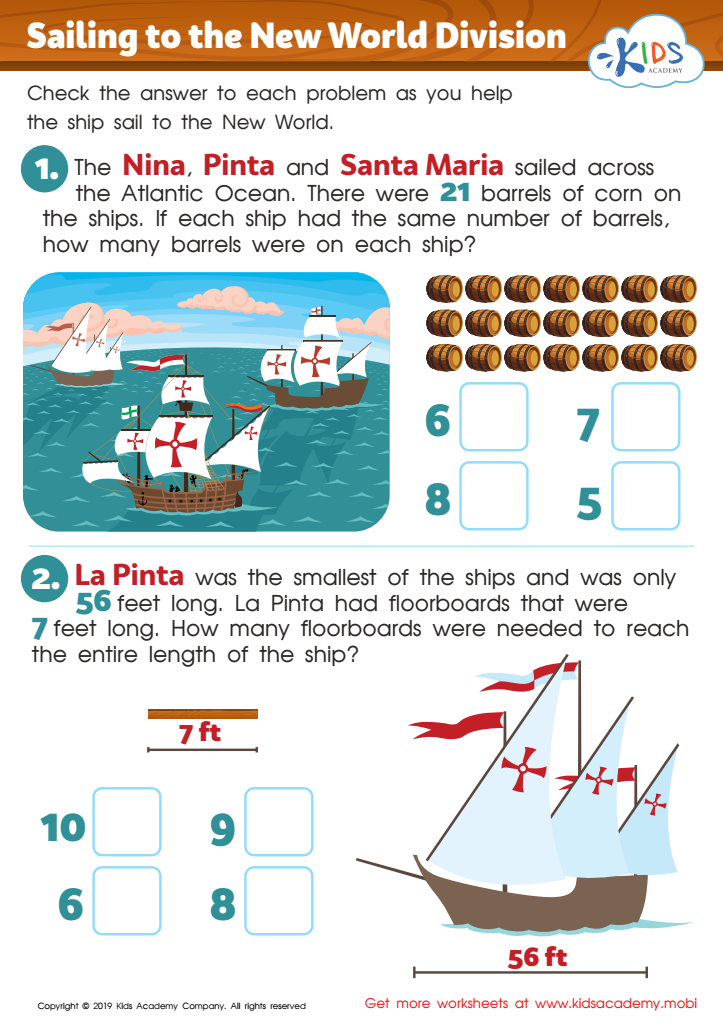

Sailing to the New World Division Worksheet
At the age of three, children are at a crucial stage of development where foundational cognitive skills are being formed. While Normal Division for 3-year-olds may not mean formal arithmetic, introducing foundational concepts related to division, such as sharing and grouping, can be beneficial. Parents and teachers should care about this because it sets the groundwork for mathematical thinking and problem-solving skills.
Engaging children in simple division-related activities helps them understand quantities and the concept of fairness, as they learn to distribute items equally among friends or family members. These activities enhance their ability to reason abstractly and symbolically, which are essential skills for future academic success in more formal mathematics.
Moreover, these early mathematical experiences nurture curiosity and a positive attitude towards learning. By turning everyday routines into learning opportunities—such as sharing toys or dividing snacks—children at this age develop key social and cognitive skills. Activities like these also encourage language development as children discuss their reasoning and solutions.
In conclusion, caring about normal division for 3-year-olds isn't about teaching formal division but about fostering a rich, engaging environment where foundational mathematical concepts are woven into playful daily interactions. This approach helps children develop problem-solving skills, reasoning abilities, and positive attitudes towards math and learning in general.
 Assign to My Students
Assign to My Students


